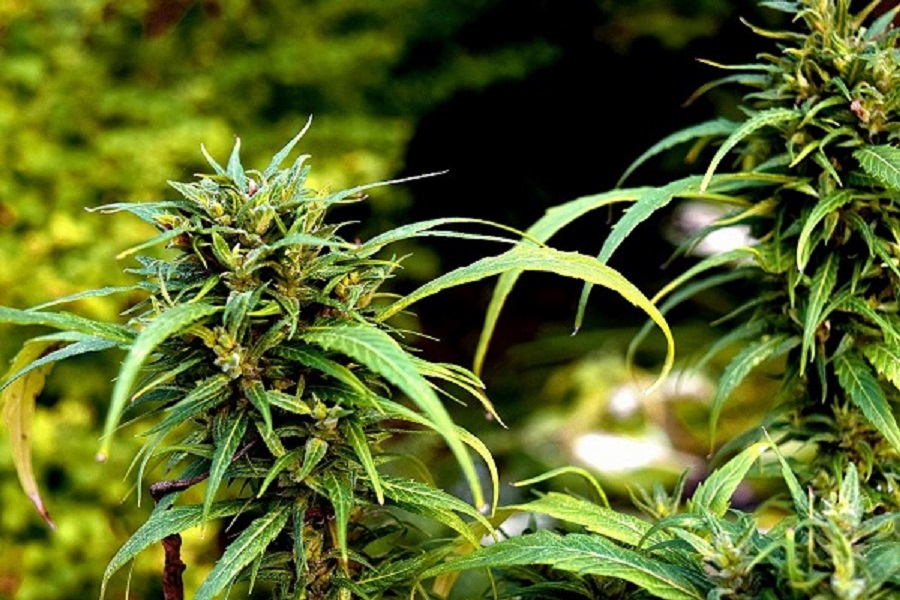What Causes Poor Autoflower Yields?
If you’ve never grown autoflowering cannabis before you might be thinking about what to expect. You’re probably aware of their key traits, such as outstanding growth and strong genetics. Some cultivators say that their little yields aren’t worth the time. Modern strains have come a long way.
How Much Do Autoflowering Plants Yield?
The Royal Queen seeds contain a rich amount of autoflowering genes. The variety consists of something for everybody and varies in tastes, smells, psychedelic effects, and sizes. You can expect a typical autoflower yield from a lot of auto varieties within the 350– 400g/m ² array indoors and 100– 150g/plant outdoors.
Dry vs damp: How to calculate autoflower yields per plant
Just like us, cannabis plants are composed more of water. Water gives freshly harvested cannabis buds around 75% of their preliminary weight. The number you see when looking around for seeds reflects the total weight of damp buds. To find how much yield you’ll end up with after drying, per plant, you can do a simple calculation. Calculate your moist harvest and record the yield from each plant. When evaluated, merely multiply each number by 0.25 for a fairly accurate number of the weight your dried-out bounty will certainly be.
Conditions That Influence Autoflower Yields
Now that you have a great idea of the typical autoflower yield, and how to calculate the weight of your dry stockpile, it’s time to dive into some of the elements that affect autoflower yields per plant.
- Genes
- Environment
- Lights: indoor vs outdoors
- Growing auto Indoor Vs outdoor
- Pot size
- Space
- Nutrients
- Training
What Causes Poor Autoflower Yields?
Currently, you know what to aim for to produce the finest autoflowering yield per plant possible. Several aspects can reduce the growth, damage plants, and result in bad results.
Poor germination– You can avoid this by purchasing top-notch seeds from a reliable provider. Plants also struggle in the seedling phase when provided way too many nutrients, when occurred and transplanted also strongly, or when overwatered.
Low humidity– Low humidity can cause your plants to dry out and create crusty fallen leaves. Plants depend upon their fallen leaves to make it through, so ensure you go for the preferred humidity for every phase.
Lighting concerns– If indoors, see to it you have a light power sufficient for the variety of plants you want to grow. If your plants grow too close to the light, they can become bleached and shed. Aim to keep your light at least 20cm away from the cover throughout the expanding cycle.
Bugs– Tiny pests and bugs can cause huge amounts of damage. We recommended protecting seedlings with companion plant types that generate natural killers for the best autoflower yield outdoors.

